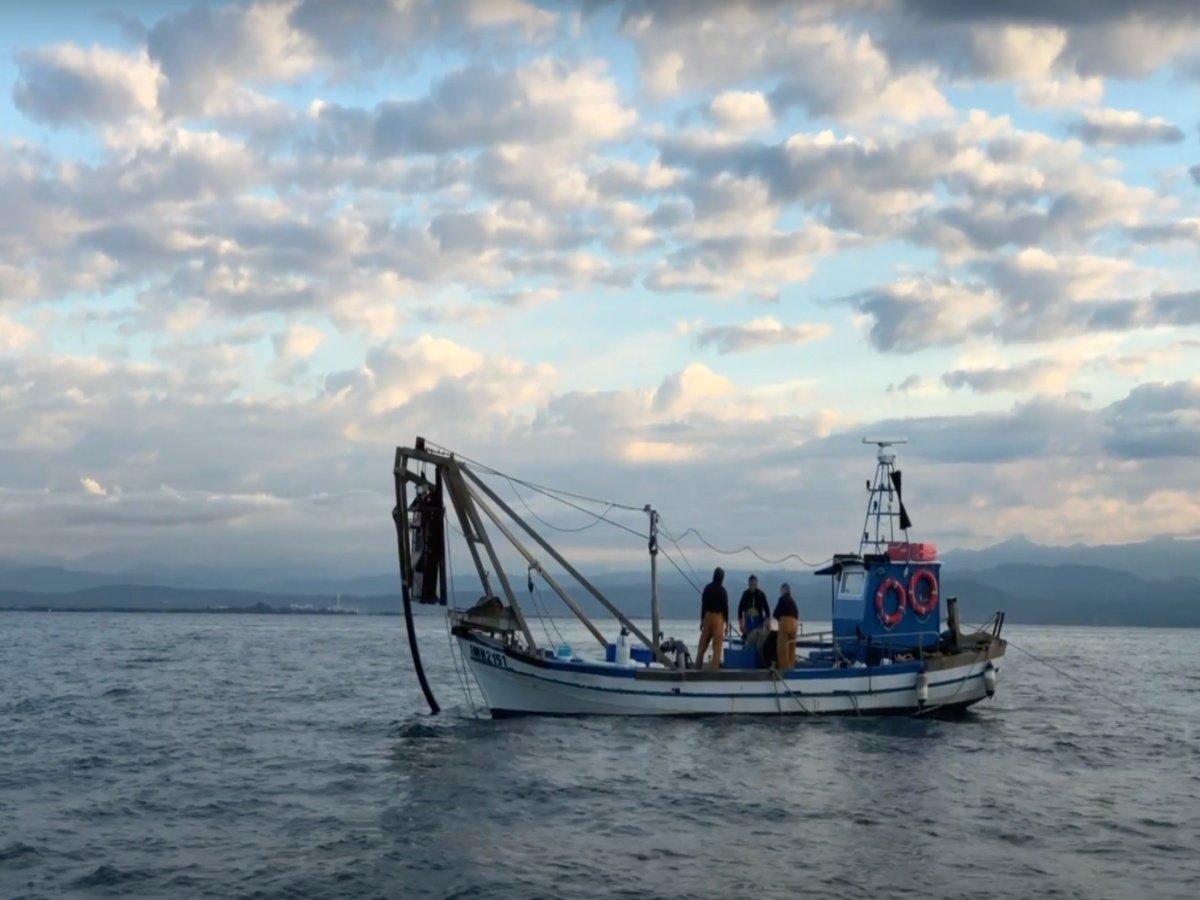
A new model to understand how marine species will move in relation to climate change
A research team coordinated by the National Institute of Oceanography and Applied Geophysics - OGS with the participation of the University of Bari, the COISPA ETS Foundation and the Institute of Oceanography and Fisheries of Split (Croatia), has applied a modeling approach to represent the present, past and future spatial changes of nine demersal fish species, i.e. fish, crustaceans and molluscs that actively swim but remain close to the seabed. The results show that the distribution and density of these species in the studied area, the Adriatic and Ionian Seas, is likely to change in the future in response to climate change.
Predicting how marine species will move in different carbon dioxide emission scenarios is fundamental to ensure adequate management of fish resources, especially in a scenario where the ocean is warming rapidly due to climate change.
The approach was applied to data from both juvenile and adult individuals from the Adriatic and western Ionian Seas in four time windows (1999-2003, 2014-2018, 2031-2035 and 2046-2050). The nine species studied were European hake, red mullet, Norway lobster, anglerfish, broadtail shortfin squid, European horse mackerel, cuttlefish, mantis shrimp and common sole.
The work aims to identify potential differences in the distribution of the nine types of commercial interest in order to assess changes in resource distribution under future climate change scenarios. The approach allows us to take into account the possible geographical changes of the observed species and to support the definition of management plans for a sustainable use of fish resources in the future, taking into account the directions of change.
